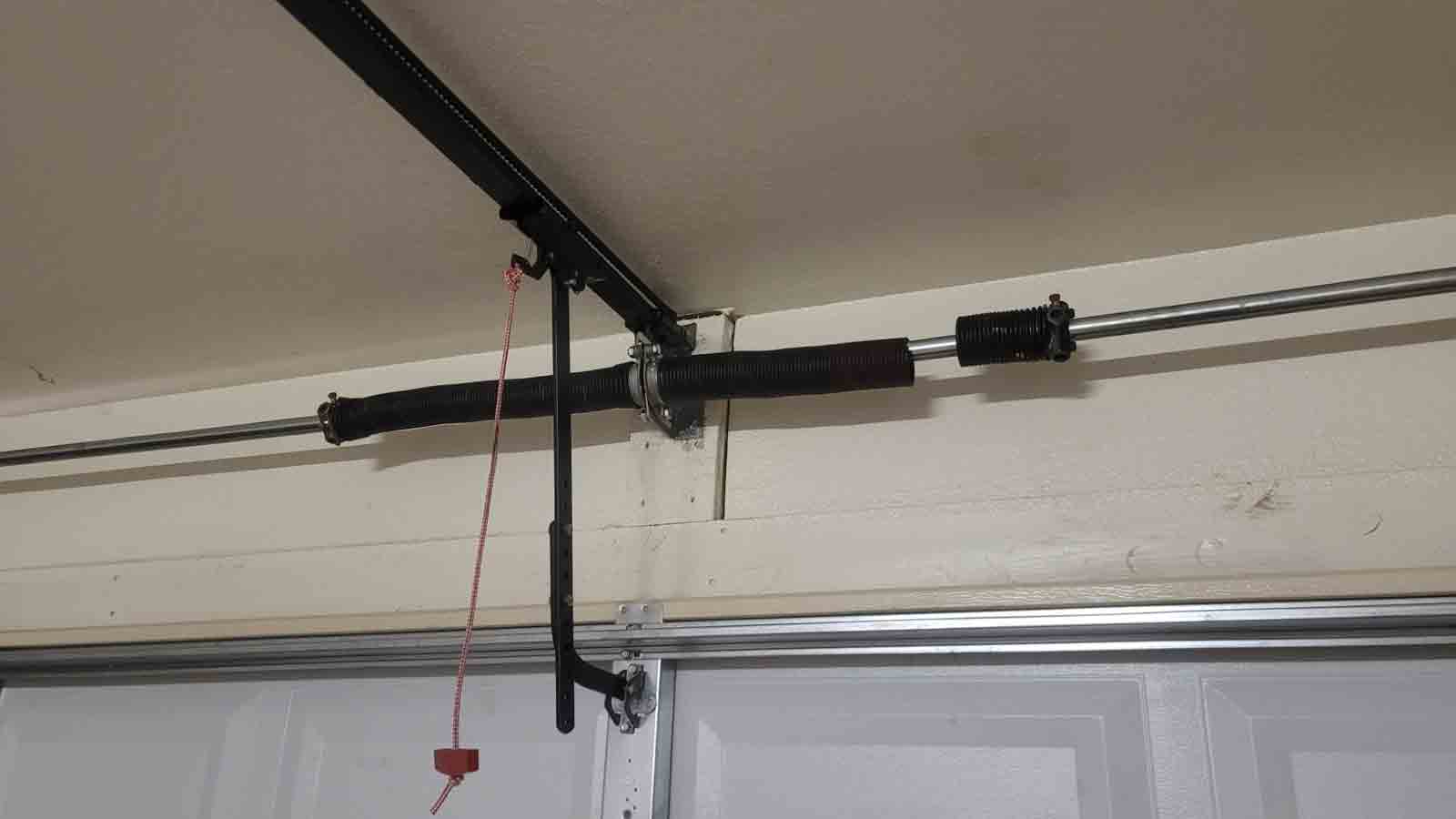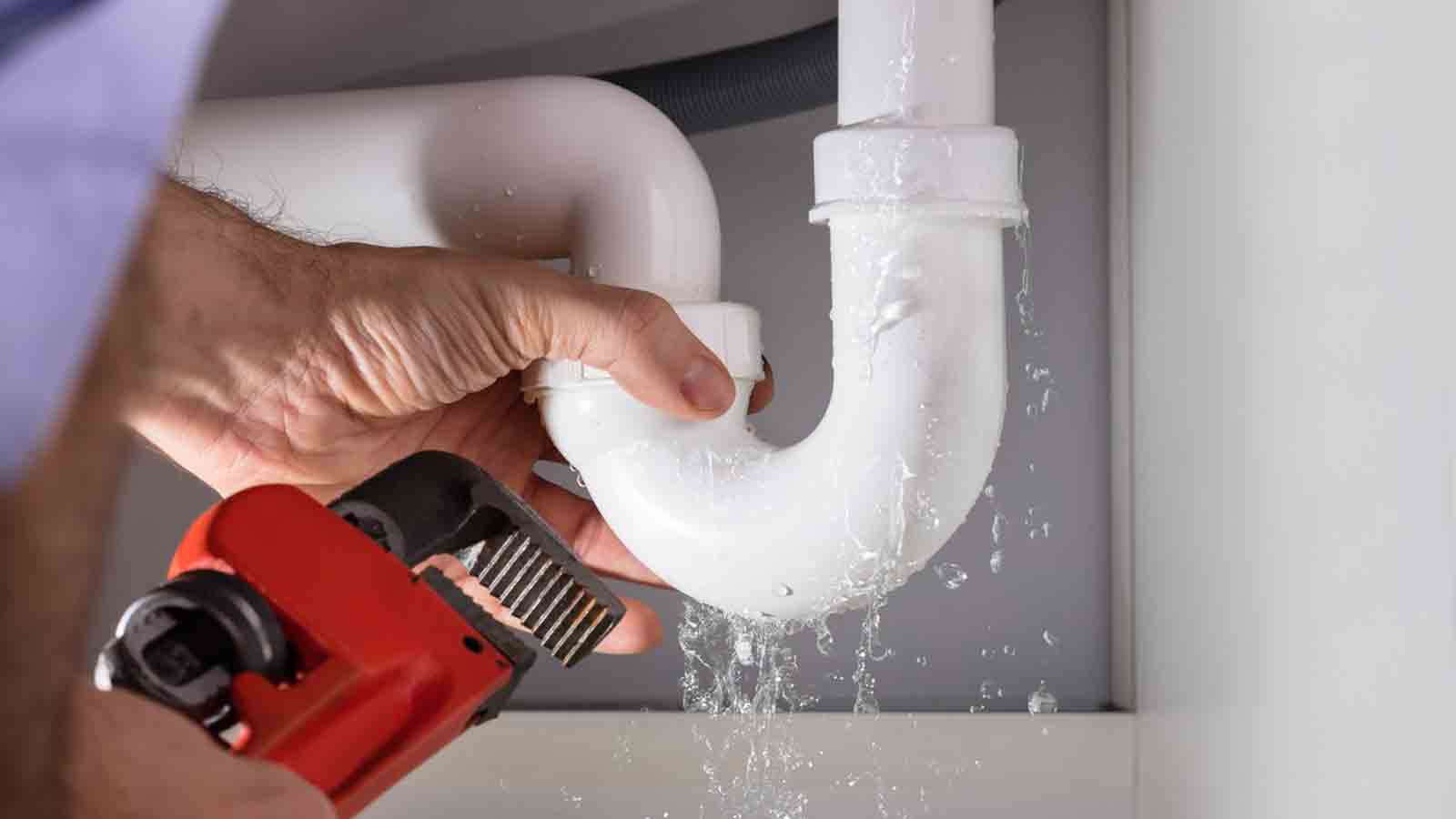With monsoon season underway, keep electronics safe with surge protection
Jul 8, 2021, 2:50 PM

(Shutterstock Photo)
(Shutterstock Photo)
So, a thunderstorm is a-brewin’ and you’re watching the season finale of your favorite TV show. The plot is getting to a pivotal moment when BOOM a crack of thunder and your TV goes out. Ugh! You didn’t DVR this episode and it won’t be available for live streaming until next season.
Or you are typing the ending to your much-anticipated novel and suddenly, power surges. Sure, hope that future Pulitzer Prize novel was on autosave.
You could have kept your electronics on if you had just taken the time to install a whole-house surge protection system.
Bob Ross, owner, Lightning Busters, a Rosie-Certified Partner walks us through how to protect your electronics from a surge.
What is a power surge?
A power surge is a sudden momentary increase in the normal household voltage.
Surges can be caused by power stations switching from one source of electricity to another or by a close lightning strike. They are generally produced when electricity is restored after a power loss.
As many as 100 surges per day enter the average home causing stress or damage to the delicate circuitry inside your appliances and equipment.
Electrical surges can happen when a car hits a power line or transformer, when a storm knocks out a power line, or any time the supply of electricity is less than the demand. Surges even occur inside the home when large electrical units are shut off.
The excess power left in the line between the unit and the service panel is sent back to the service panel and redirected. That can cause a surge in other electrical units.
Each time an electrical surge enters the home, it affects all electronic equipment. Surges slowly deteriorate and shorten the life of the equipment. If your outlets are not up to par, or the equipment’s wires are frayed and sparks can fly.
Anything in your home that consumes electricity is at risk, including:
• air conditioning units
• evaporative coolers
• entertainment equipment
• computers
• refrigerator and freezer
• dishwasher
• washer and dryer
• water heater
• oven and stove
• microwave
• overhead garage door operator
• load controllers
• lighting
• water well
• pool and spa pumps
• cable and phone lines
• medical equipment
and anything else you plug in.
Difference between lightning protection and surge protection
Lightning protection protects your home from bolts of lightning during thunder and lightning storms. Surge protection protects your home daily from electrical surges that enter the home through your electric and telephone lines.
A good surge protector can protect your home from lightning if it should strike nearby power lines or a utility transformer box. That electricity can travel through the power lines and into your home if not protected.
You need both to make sure Arizona’s fierce monsoon storms don’t damage your home or your expensive electronic equipment.
How do surge protectors work?
The purpose of a surge protector is to protect your plugged-in electronics from a sudden surge of power. If your appliances, computers, TVs, and such, are exposed to a power surge, and you don’t have surge protection in place, the sudden increase of power can damage or wear out what was plugged in.
Surge protection also prevents electricity from zapping anyone who may be talking on a landline phone at the time of a surge.
DIY protection
The typical surge protectors found in retail outlets do provide a small amount of protection. However, when large amounts of energy caused by lightning or utility surges enter the home, they cannot be conditioned by a small suppressor.
Store-bought protectors have a lower joule rating, which means they have limited energy storage capabilities. Unfortunately, these surge protectors will wear out over time.
It is difficult to determine whether they have worn out. And that means that even though they are plugged in, they may be not protecting your electronics.
Whole-house surge protection
Take it a step further and install a whole-house surge protection system, which will pay dividends when needed. Whole-house surge protection with no joule rating means that any surge over 250 volts is “let-through” to the ground.
Since this unit does not store any energy, it cannot be exhausted and therefore comes with a lifetime guarantee. These protectors keep the continuous flow of energy to your electronics, thereby saving on the wear and tear of surges.
1. A suppressor is installed at the main electrical box and covers all house outlets, appliances, and wiring.
2. A telephone line suppressor is installed at the main telephone box that covers all phone line-connected equipment.
3. A cable TV, antenna, or dish suppressor covers all equipment that is connected to the TV cable.
You can buy individual surge protectors for each piece of equipment, but they are less reliable and more expensive than installing a whole-house surge protection system.
Installing a whole-house surge protector is a one-time cost that will protect the thousands of dollars you have invested in your home electronics, appliances, and possibly save your life.
Rosie doesn’t own a home without whole-house surge protection, and neither should you! He considers it to be a one-time insurance policy to protect thousands of dollars’ worth of equipment that never needs rewiring.
Rosie Special: Lighting Buster’s Basic Whole House Surge Protection Package includes one SYCOM for your main electric panel, two spike enders for your cable TV and computer, and one telephone protector for two lines installed for $400.

Lightning Busters, based in Apache Junction, services the state of Arizona and provides Lightning Protection, Lightning Rods, Surge Protection, and Data Line Protection.
Join Rosie on the House every Saturday morning from 8 a.m.-11 a.m. on KTAR News 92.3. If you’d like to send us questions or comments, email mailto:info@rosieonthehouse.com. Follow us on Twitter and “Like” us on Facebook. For more do-it-yourself tips, go to rosieonthehouse.com. An Arizona home building and remodeling industry expert since 1988, Rosie Romero is the host of the syndicated Saturday morning Rosie on the House radio program. Call 888-767-4348 with questions and comments.









